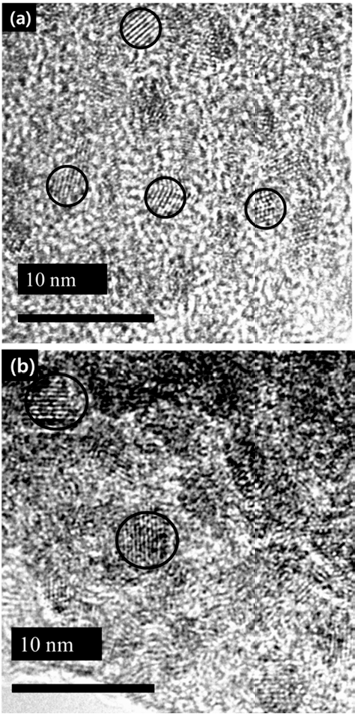Search
- Page Path
- HOME > Search
- [Korean]
- Standardization Status of Rare Earth Elements Recycling in ISO TC 298
- Mi Hye Lee, Yosep Song, Ji Sun On, Seung Hwan Yoon, Munhwan Han, Bum Sung Kim, Taek-soo Kim, Bin Lee
- J Powder Mater. 2022;29(2):159-165. Published online April 1, 2022
- DOI: https://doi.org/10.4150/KPMI.2022.29.2.159

- 477 View
- 12 Download
-
 Abstract
Abstract
 PDF
PDF Rare earth elements, which are important components of motors, are in high demand and thus constantly get more expensive. This tendency is driven by the growth of the electric vehicle market, as well as environmental issues associated with rare-earth metal manufacturing. TC 298 of the ISO manages standardization in the areas of rare-earth recycling, measurement, and sustainability. Korea, a resource-poor country, is working on international standardization projects that focus on recycling and encouraging the domestic adoption of international standards. ITU-T has previously issued recommendations regarding the recycling of rare-earth metals from e-waste. ISO TC 298 expands on the previous recommendations and standards for promoting the recycling industry. Recycling-related rare earth standards and drafts covered by ISO TC 298, as well as Korea’s strategies, are reviewed and discussed in this article.
- [Korean]
- Luminescence Properties of InP/ZnS Quantum Dots depending on InP Core synthesis Temperature
- Han Wook Seo, Da-Woon Jeong, Min Young Kim, Seoung Kyun Hyun, Ji Sun On, Bum Sung Kim
- J Korean Powder Metall Inst. 2017;24(4):321-325. Published online August 1, 2017
- DOI: https://doi.org/10.4150/KPMI.2017.24.4.321

- 695 View
- 2 Download
- 1 Citations
-
 Abstract
Abstract
 PDF
PDF In this study, we investigate the optical properties of InP/ZnS core/shell quantum dots (QDs) by controlling the synthesis temperature of InP. The size of InP determined by the empirical formula tends to increase with temperature: the size of InP synthesized at 140oC and 220oC is 2.46 nm and 4.52 nm, respectively. However, the photoluminescence (PL) spectrum of InP is not observed because of the formation of defects on the InP surface. The growth of InP is observed during the deposition of the shell (ZnS) on the synthesized InP, which is ended up with green-red PL spectrum. We can adjust the PL spectrum and absorption spectrum of InP/ZnS by simply adjusting the core temperature. Thus, we conclude that there exists an optimum shell thickness for the QDs according to the size.
-
Citations
Citations to this article as recorded by- Study on Surface-defect Passivation of InP System Quantum Dots by Photochemical Method
Doyeon Kim, Hyun-Su Park, Hye Mi Cho, Bum-Sung Kim, Woo-Byoung Kim
Journal of Korean Powder Metallurgy Institute.2017; 24(6): 489. CrossRef
- Study on Surface-defect Passivation of InP System Quantum Dots by Photochemical Method
TOP
 kpmi
kpmi


 First
First Prev
Prev


